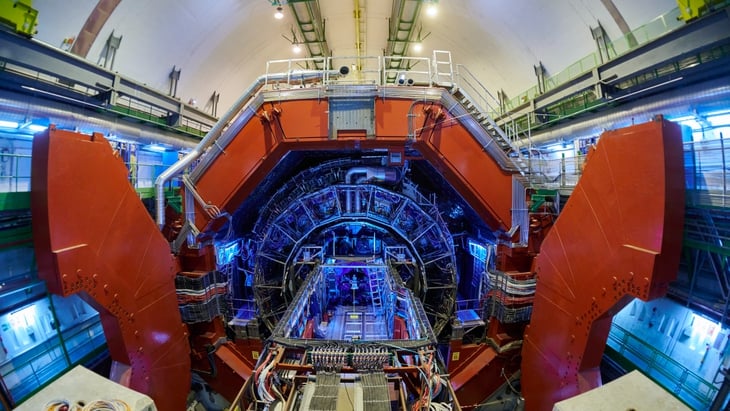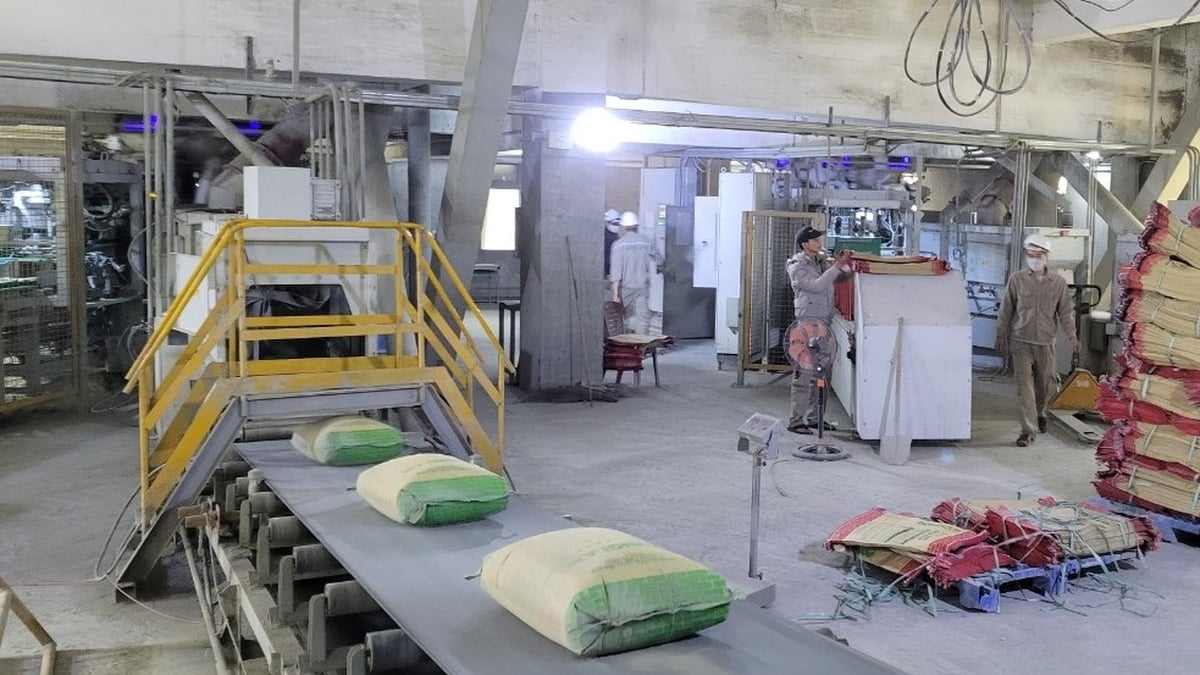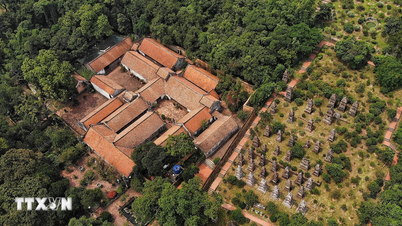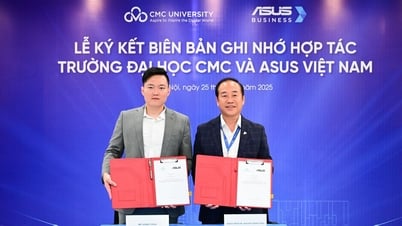
Although it is possible to create gold by scientific methods, commercial mining is almost impossible - Photo: AI
According to Space , a group of scientists at the European Organization for Nuclear Research (CERN) has just announced a remarkable discovery: they have observed the phenomenon of lead atoms transforming into gold atoms at the Large Hadron Collider (LHC), the world's largest high-energy particle physics research facility.
The result came not from head-on collisions, which are the usual method of research at the LHC, but through a completely new mechanism: near-miss interactions between atomic nuclei.
When lead nuclei fly past each other at nearly the speed of light without directly colliding, they create extremely strong electromagnetic fields, enough to cause special nuclear reactions.
"The electromagnetic field emitted by the lead nucleus is very strong, because the nucleus contains up to 82 protons. At the extremely high speeds in the LHC, this field is compressed into the form of short photon pulses, enough to cause electromagnetic decay," said a statement from CERN.
During this process, a photon can interact with a lead nucleus, causing it to lose three protons, transforming into a gold atom. This phenomenon is called electromagnetic dissociation, and this is the first time it has been documented to lead to the natural formation of gold under laboratory conditions.
The achievement was made by the ALICE (A Large Ion Collider Experiment) team, one of four major experiments at the LHC. Using a special measuring system called the zero degree calorimeter (ZDC), scientists were able to detect and count extremely rare photon-nucleus interactions, thereby determining the presence of gold atoms, as well as other atoms such as thallium, mercury and lead.
“It is amazing that our instruments can clearly distinguish between collisions that produce thousands of particles and interactions that produce only a few, allowing us to study the phenomenon of ‘electromagnetic alchemy’ in depth,” said Marco Van Leeuwen, spokesperson for ALICE.

Inside a machine at the European Organization for Nuclear Research - Photo: CERN
During the LHC’s second run (2015–2018), an estimated 86 billion gold atoms were created from collisions between lead nuclei. However, according to CERN, the total mass of this gold was only about 29 picograms (2.9 × 10⁻¹¹ grams), smaller than a grain of dust, and these atoms were extremely short-lived, lasting only a fraction of a second before decaying into other elementary particles.
Therefore, although it is possible to create gold by scientific methods, commercial mining is almost impossible.
However, according to the researchers, this discovery is not only symbolic but also helps verify theoretical models of electromagnetic decay, a key factor in optimizing the performance of the LHC and future generation accelerators.
A better understanding of the electromagnetic decay mechanism not only has fundamental scientific value but also helps predict and control beam losses, a limiting factor in accelerator performance.
Source: https://tuoitre.vn/cac-nha-khoa-hoc-bat-ngo-bien-chi-thanh-vang-20250514100130449.htm

























![[Photo] National Assembly Chairman attends the seminar "Building and operating an international financial center and recommendations for Vietnam"](https://vphoto.vietnam.vn/thumb/1200x675/vietnam/resource/IMAGE/2025/7/28/76393436936e457db31ec84433289f72)









































































Comment (0)